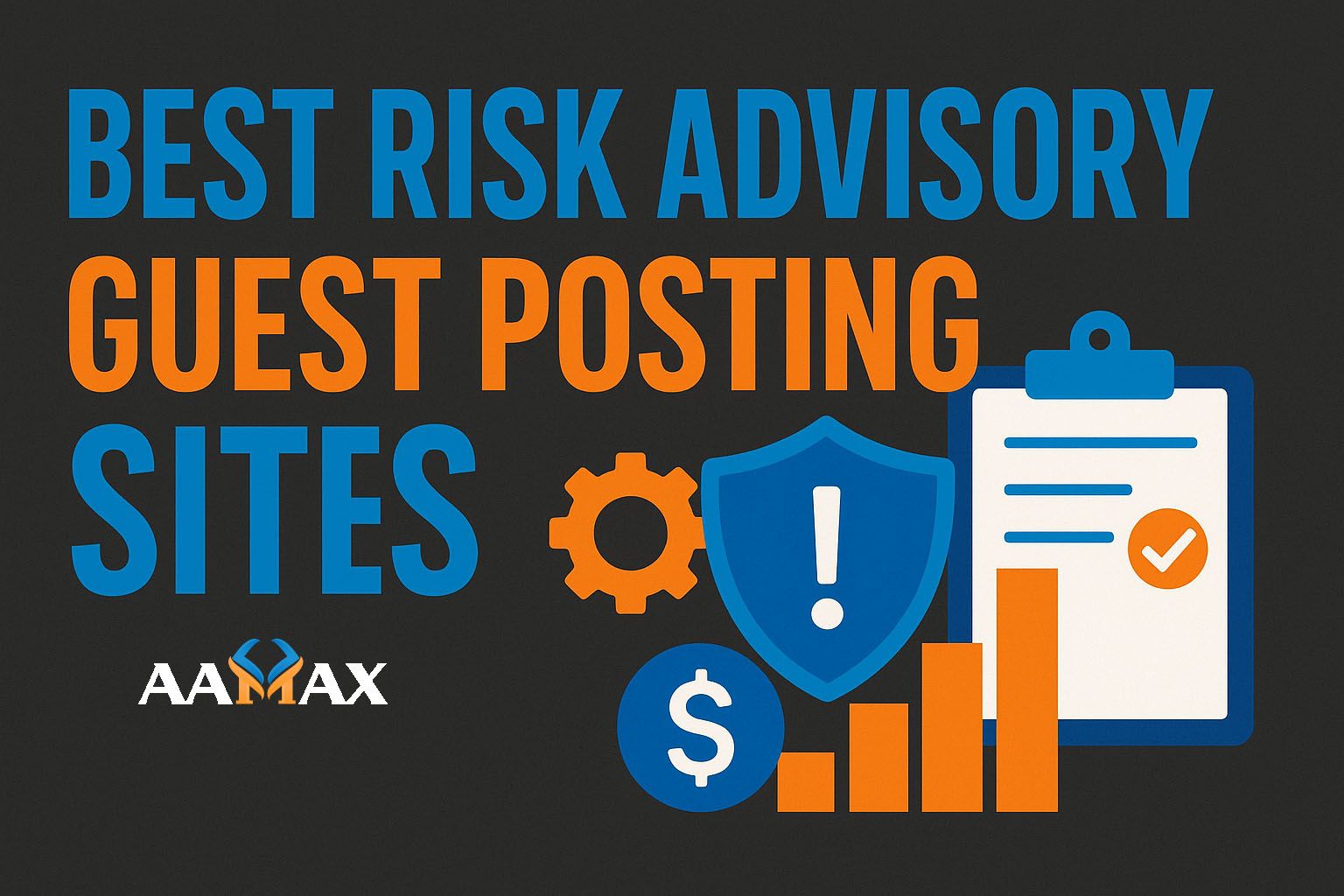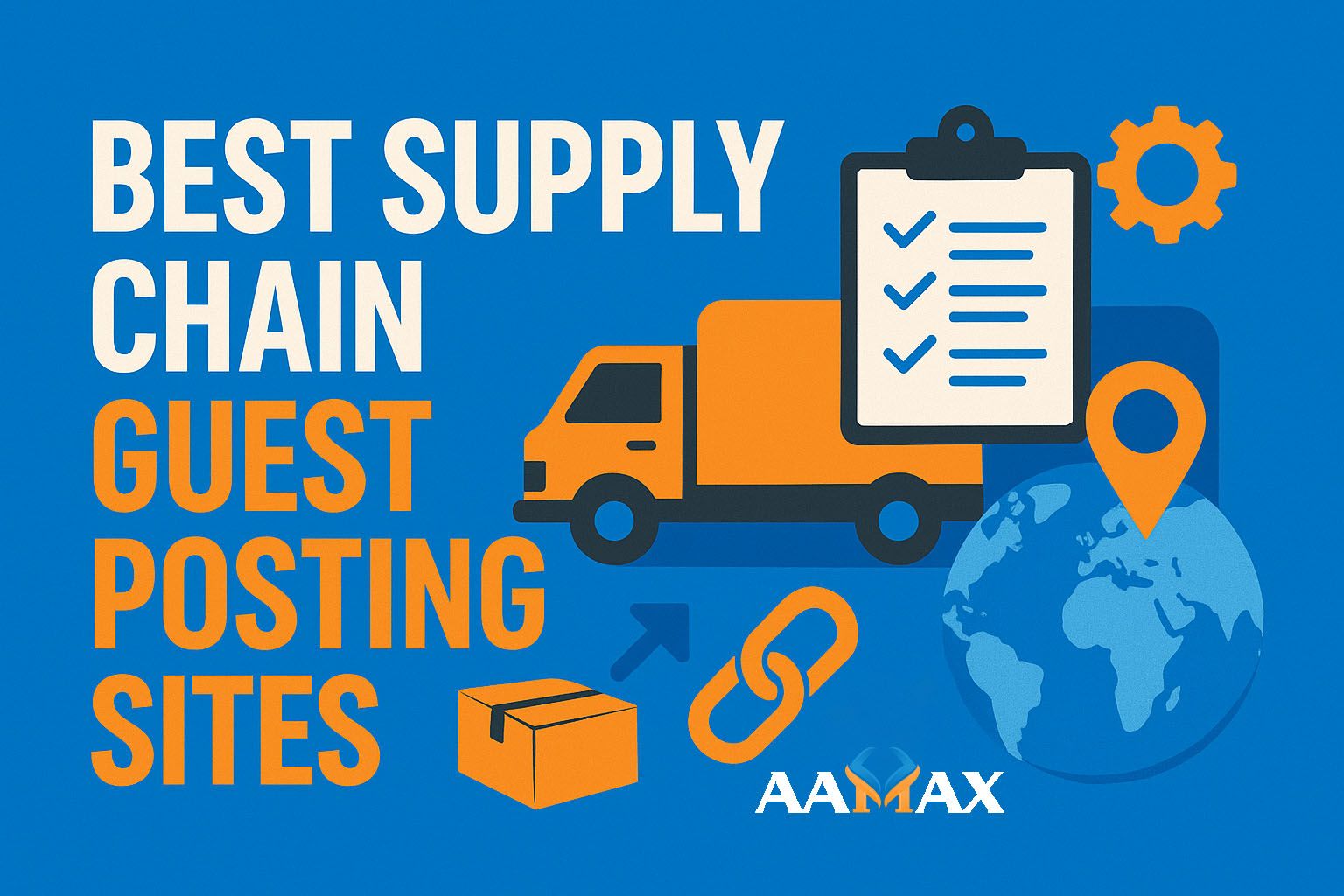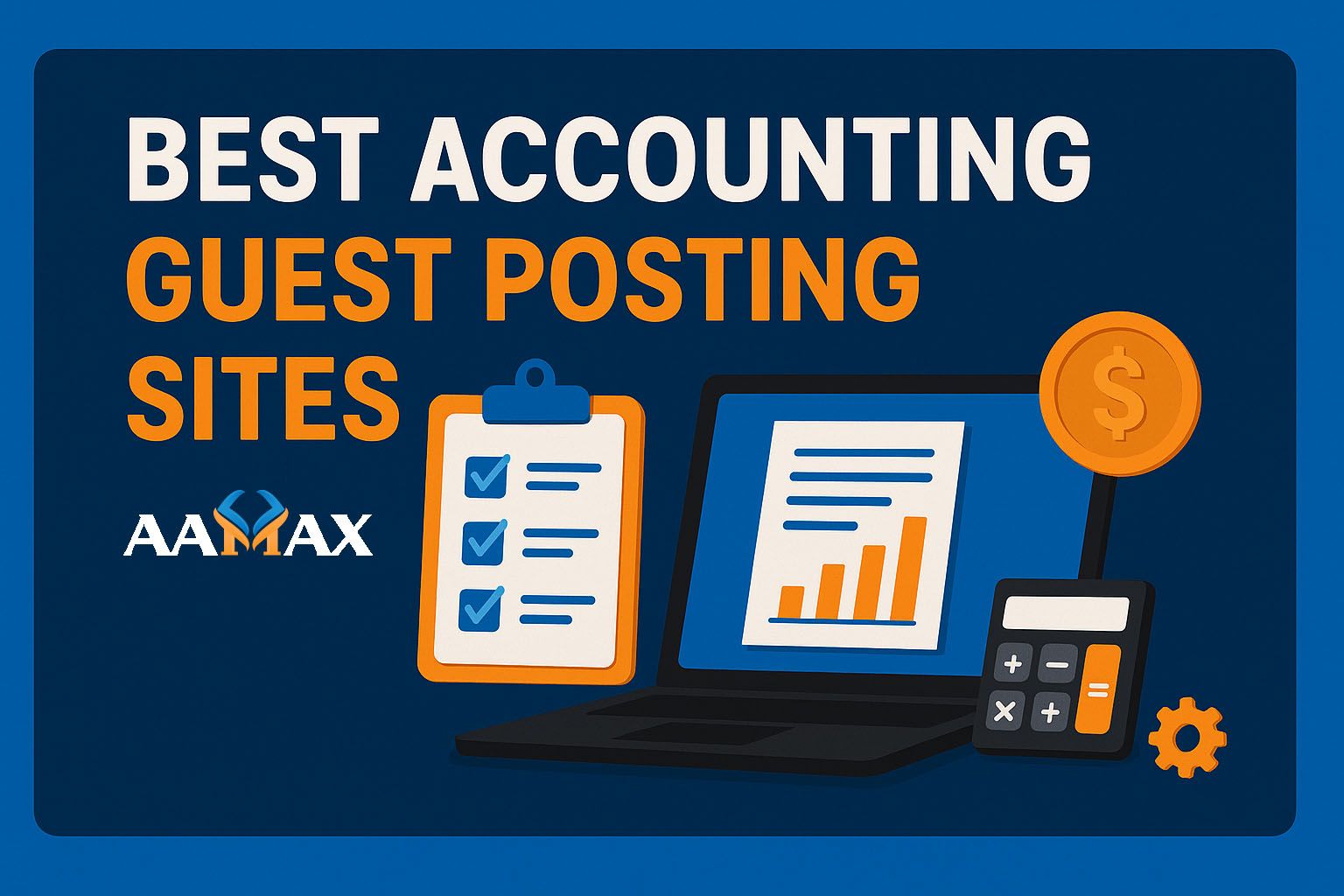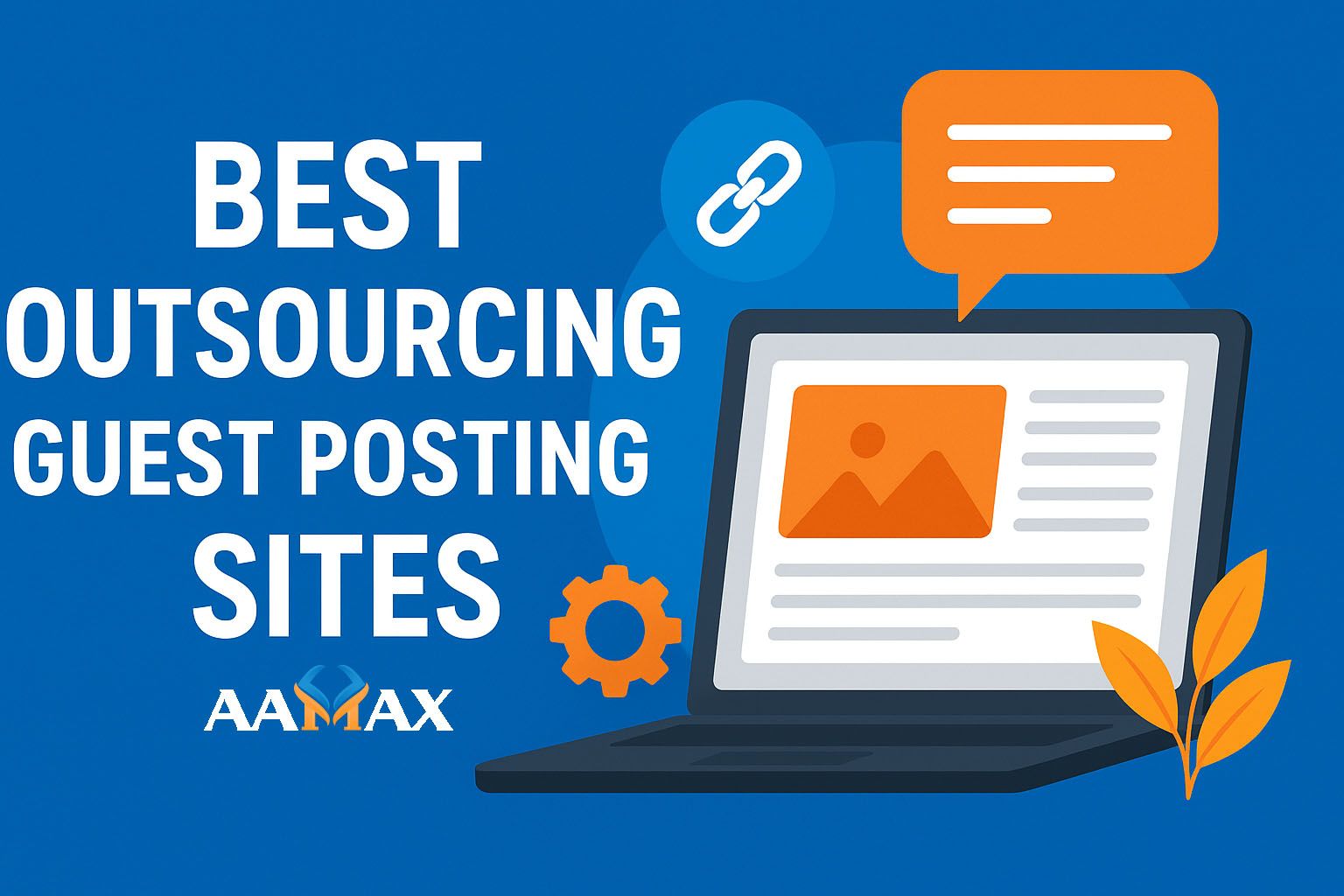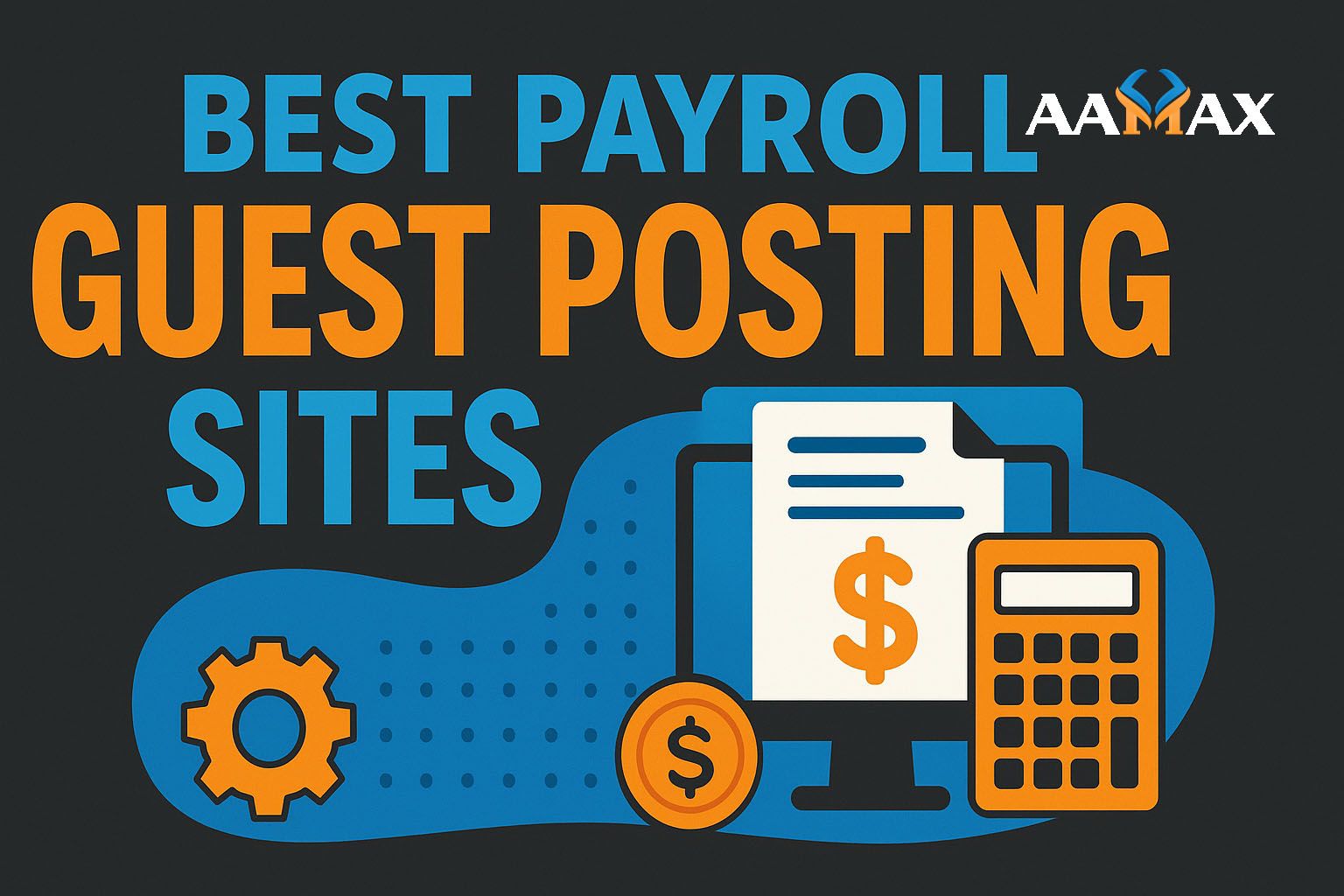
What Is a Favicon? – Plus Tips & Ideas to Create a Favicon!
If you’ve ever opened multiple browser tabs and noticed the tiny icon next to the page title, you’ve seen a favicon. While small in size, favicons play a big role in branding, user experience, and website professionalism. They’re like your website’s visual signature—instantly recognizable and subtly reinforcing your brand every time a user visits.
In this guide, we’ll explore:
- What a favicon is and where it appears
- Why favicons matter for your website
- File types, sizes, and best practices
- Steps to create your own favicon
- Tips and ideas for designing an effective favicon
- Common mistakes to avoid
- Answers to common favicon-related questions
What Is a Favicon?
A favicon, short for “favorite icon,” is a small square image that represents your website. Typically 16×16 pixels or 32×32 pixels in size, it appears in several key places:
- Browser tabs, next to the page title
- Bookmark lists in browsers
- Shortcut icons on mobile devices when a user saves your site to their home screen
- Search engine result snippets in some cases
- Browser history and open tab previews
Although tiny, a favicon helps users quickly identify your site when multiple tabs are open. It’s part of your brand’s digital identity.
Why Do Favicons Matter?
Many website owners underestimate the impact of a favicon. Here’s why it matters:
1. Branding and Recognition
Your favicon is a miniature billboard for your brand. Over time, users associate the icon with your business, improving recall and recognition.
2. Professionalism
Websites without favicons can appear incomplete or outdated. A well-designed favicon gives the impression that you pay attention to details.
3. User Experience
Favicons help users navigate more easily between open tabs and bookmarks. This is especially helpful when someone has dozens of tabs open.
4. Trust and Credibility
A missing or generic browser icon can make a site look less trustworthy. A custom favicon signals authenticity.
5. SEO and Click-Through Rate
While favicons don’t directly affect search engine optimization rankings, they can indirectly improve click-through rates by making your listing more visually appealing in browsers that display favicons in search results.
Technical Specs and File Formats
When creating a favicon, it’s important to understand the technical requirements:
- File formats: ICO, PNG, SVG, and GIF (ICO is the traditional format, but PNG is common for modern browsers)
- Recommended sizes: 16×16 px (standard), 32×32 px (higher resolution), 48×48 px (for some desktop uses), and 180×180 px (for Apple touch icons)
- File size: Keep it small for fast loading—typically under 100 KB
- Shape: Favicons are square, and most browsers display them with rounded corners
- Color mode: Use RGB color mode for digital clarity
How to Create a Favicon
Here’s a step-by-step process for making your favicon:
Step 1: Choose Your Design
Your favicon should reflect your brand. You can use:
- Your logo (or a simplified version)
- An initial or monogram
- A symbol that represents your business
Step 2: Create the Image
You can design your favicon using tools like:
- Adobe Illustrator or Photoshop
- Canva
- Figma
- Free favicon generators
Remember that details will be tiny, so keep your design simple.
Step 3: Export in Multiple Sizes
Export your favicon in different sizes for compatibility with various devices and browsers. Include at least:
- 16×16 px
- 32×32 px
- 180×180 px for mobile devices
Step 4: Save in the Right Format
Save your favicon in ICO or PNG format. ICO is widely supported, while PNG is easier to work with and supports transparency.
Step 5: Upload to Your Website
Place the favicon file in your website’s root directory and link to it in your site’s head section. Most modern CMS platforms like WordPress, Shopify, or Wix have dedicated favicon upload options.
Tips for Designing an Effective Favicon
Keep It Simple
Tiny details won’t be visible at 16×16 pixels. Use bold shapes and minimal text.
Use Brand Colors
Consistent color usage strengthens brand identity and helps users recognize your favicon instantly.
Test at Small Sizes
Preview your favicon at its actual display size to ensure it’s still clear and recognizable.
Avoid Too Much Text
If you must include text, limit it to one or two characters—usually initials.
Optimize for All Backgrounds
Some browsers use light themes, others dark. Make sure your favicon looks good on both.
Maintain Consistency Across Platforms
Your favicon should align with your app icon, social media profile image, and other branding elements.
Creative Ideas for Favicons
- Logo-Based – Use your company’s logo, simplified for clarity.
- Initials – Perfect for personal brands or companies with long names.
- Icon Symbol – A recognizable object or shape related to your industry.
- Abstract Design – Geometric patterns or unique shapes for a modern look.
- Mascot or Character – Fun and friendly for brands with a playful image.
- Negative Space Design – Clever use of space to make your icon stand out.
Common Favicon Mistakes to Avoid
- Overly Complex Designs – Tiny images can’t display intricate details.
- Ignoring Mobile Display – Failing to provide the right sizes for mobile icons can cause blurry images.
- Not Testing Across Browsers – Some browsers handle favicons differently, so always check.
- Using Low Contrast Colors – Your favicon should be visible even against different tab backgrounds.
- Forgetting to Update After a Rebrand – Keep your favicon in sync with your current brand style.
Favicon and User Trust
While a favicon is small, it’s a subtle trust signal. Think of how you feel when visiting a site without one—it can seem incomplete or even suspicious. In contrast, a consistent favicon across tabs, bookmarks, and mobile shortcuts reinforces the sense of a well-maintained, legitimate business.
Favicon in SEO and Social Media Context
Although favicons do not directly boost search rankings, they:
- Improve click-through rates in some browsers that display them in search results
- Help distinguish your site when shared as a link
- Enhance the perception of your brand across multiple digital touchpoints
Frequently Asked Questions (FAQ)
1. Do I really need a favicon?
Yes. While your site will work without one, a favicon improves professionalism, branding, and user trust.
2. What file type should I use for my favicon?
ICO is the most compatible format, but PNG works well for modern browsers and supports transparency.
3. Can I change my favicon later?
Absolutely. You can update your favicon anytime, but remember to clear browser caches so users see the change.
4. How can I make my favicon look sharp?
Design at larger sizes (like 512×512 px) and scale down. This ensures clarity across different devices.
5. Can I have different favicons for different pages?
Yes, though it’s not common. Some websites use page-specific favicons for special features.
Final Thoughts
A favicon might be small, but its impact on branding and user perception is significant. It’s one of those small details that collectively create a polished, professional web presence. By creating a clear, simple, and brand-aligned favicon, you help users recognize your site instantly, even among dozens of open tabs.
If you want expert help designing a favicon that perfectly matches your brand—and ensuring your entire website is visually cohesive and optimized—you can AAMAX, a full-service digital marketing company offering Web Development, Digital Marketing, and SEO services. Their design and development team can craft a favicon that stands out while keeping your overall site strategy in mind.

